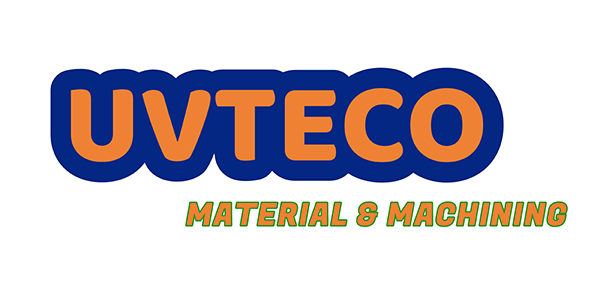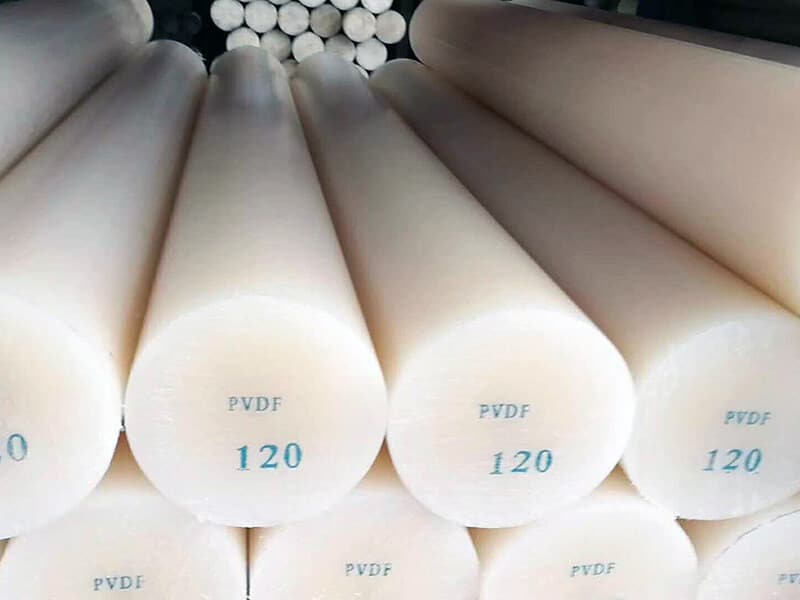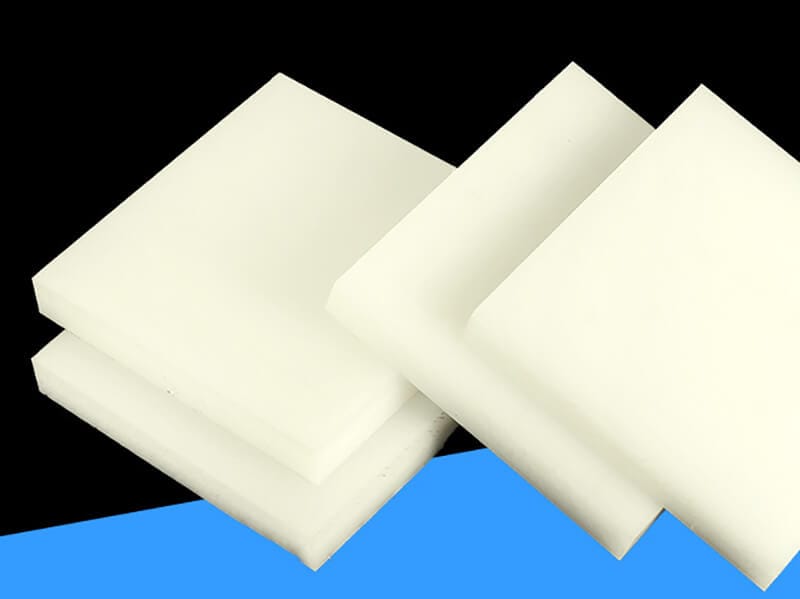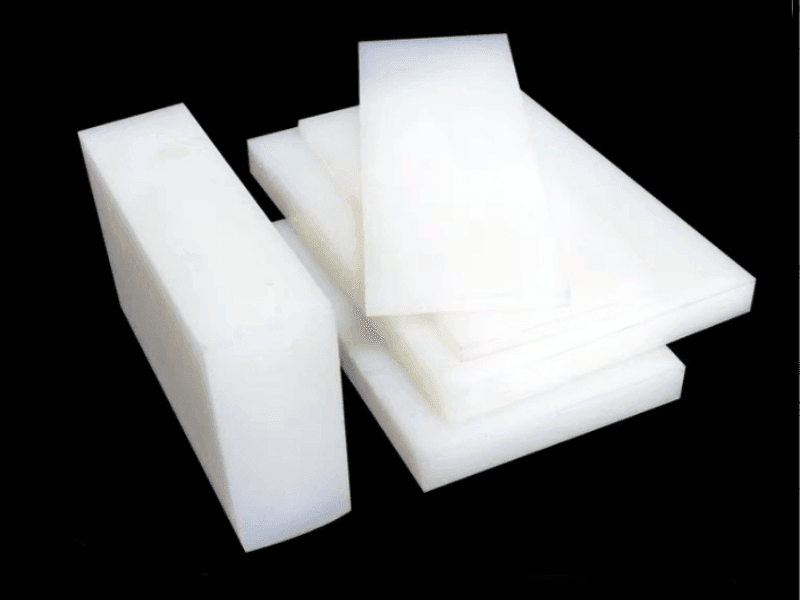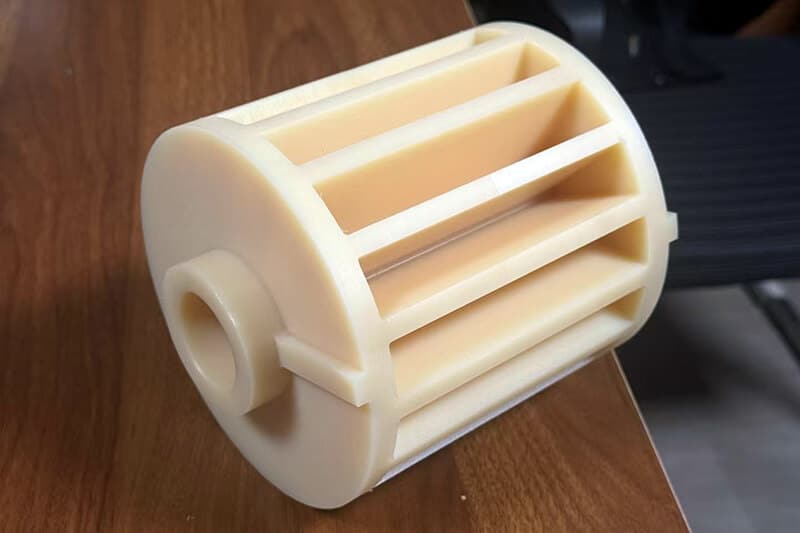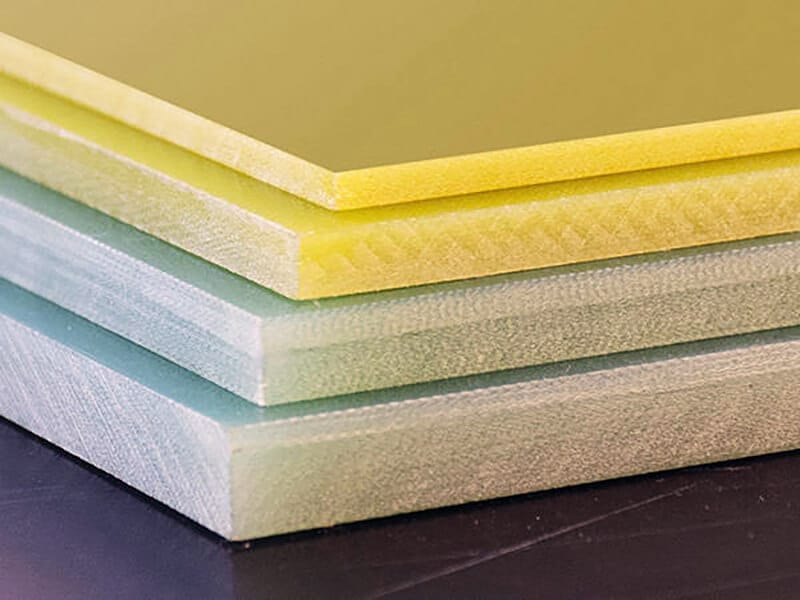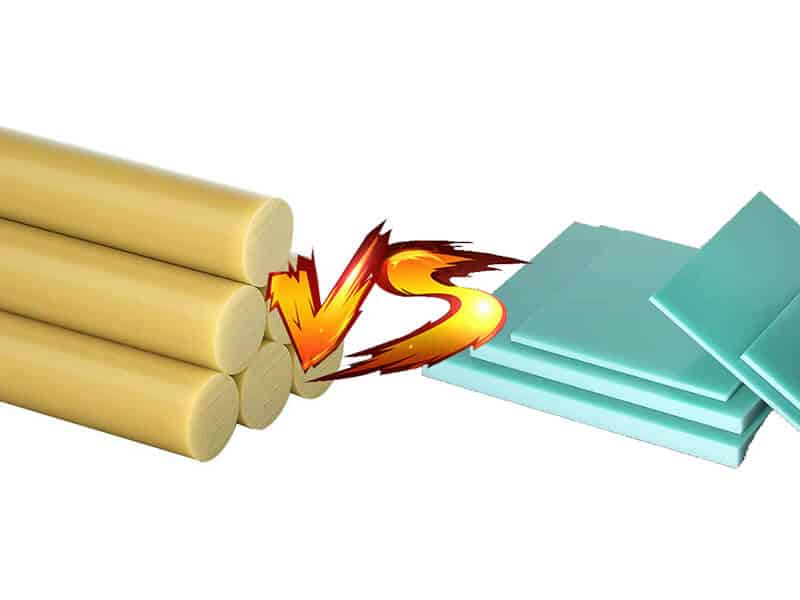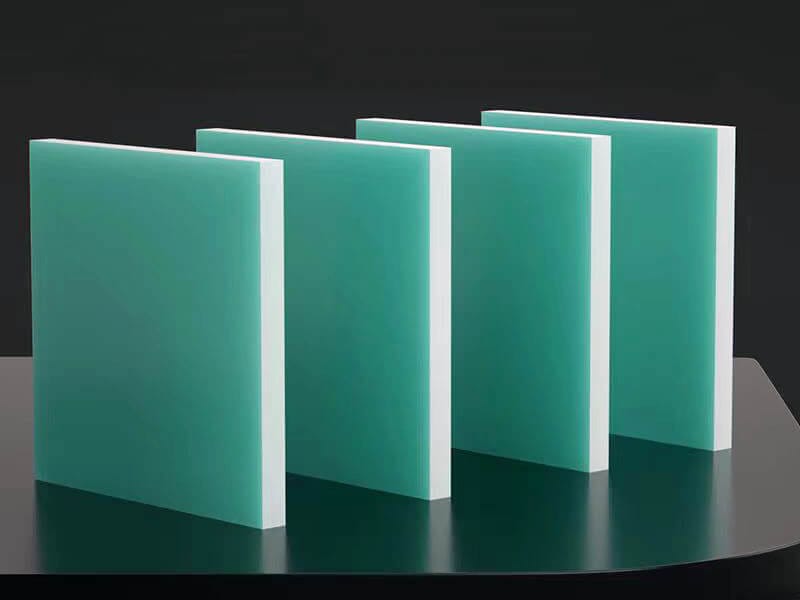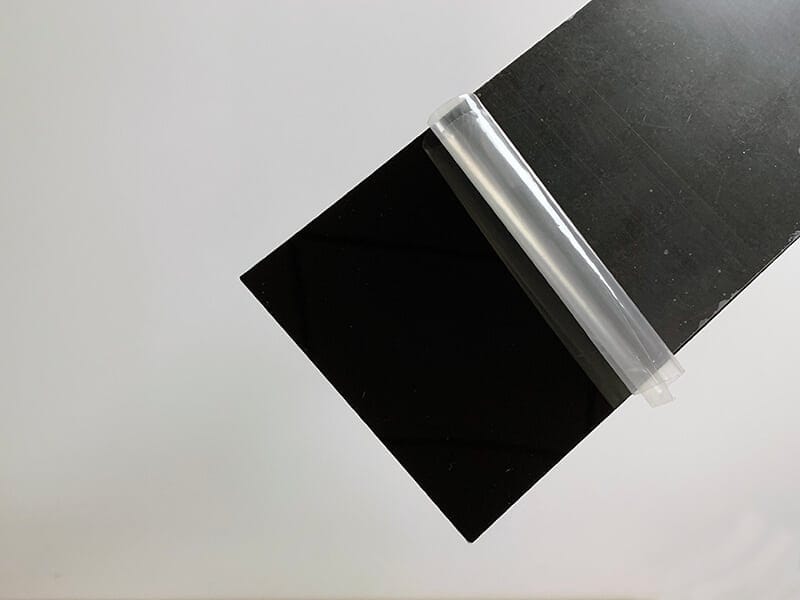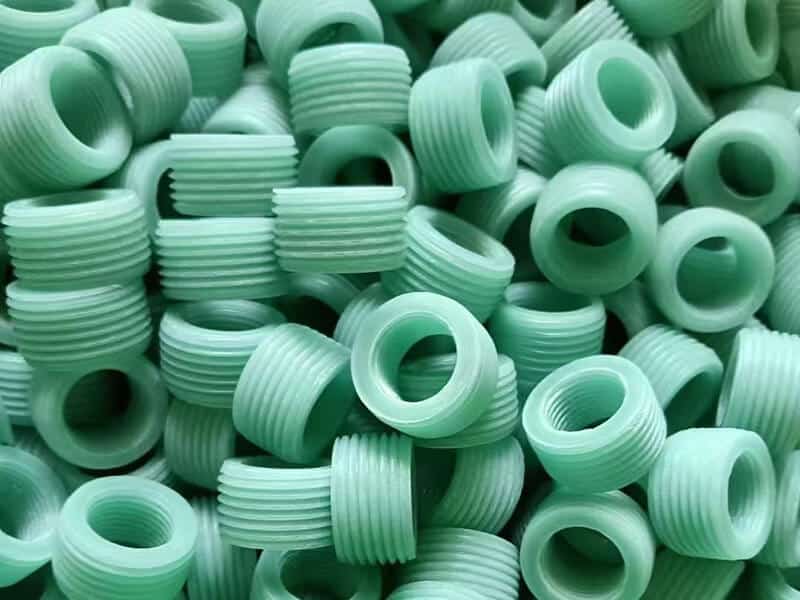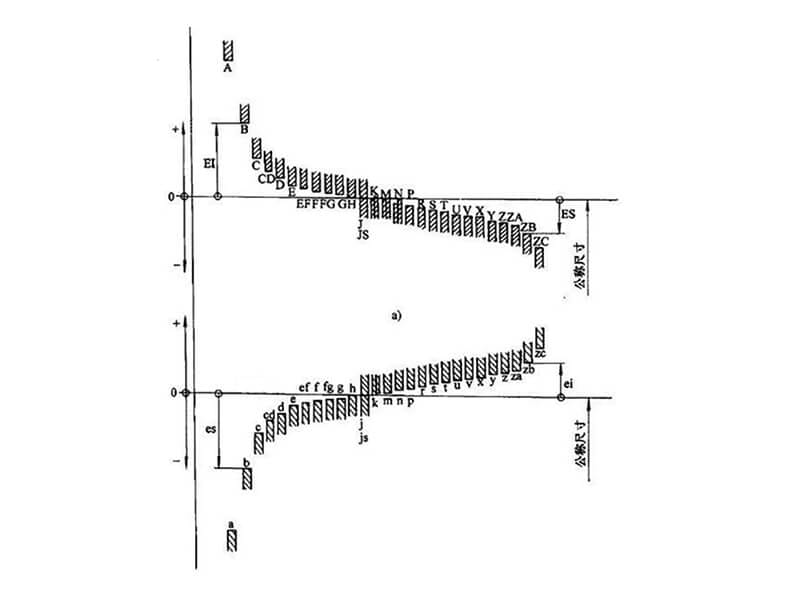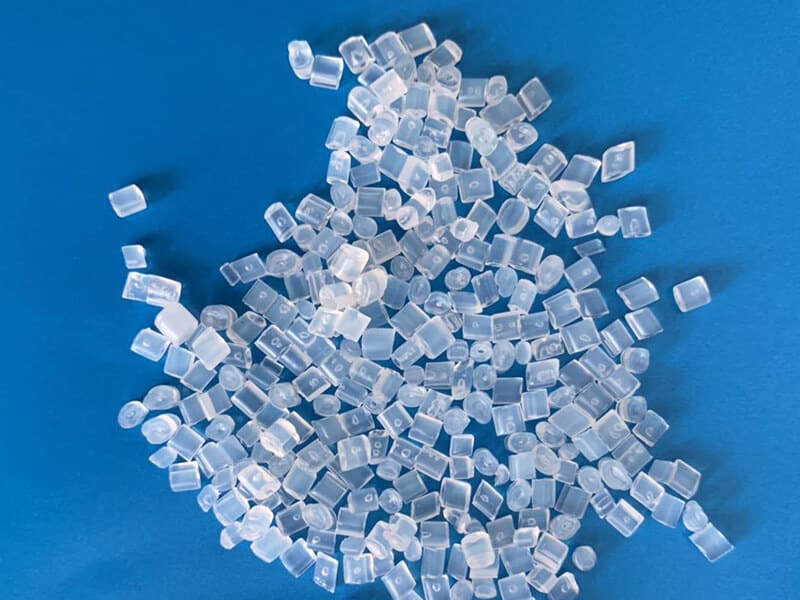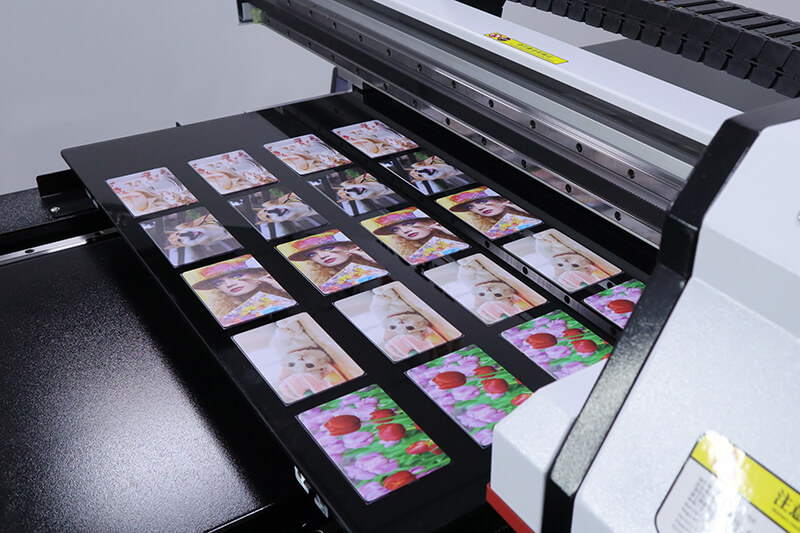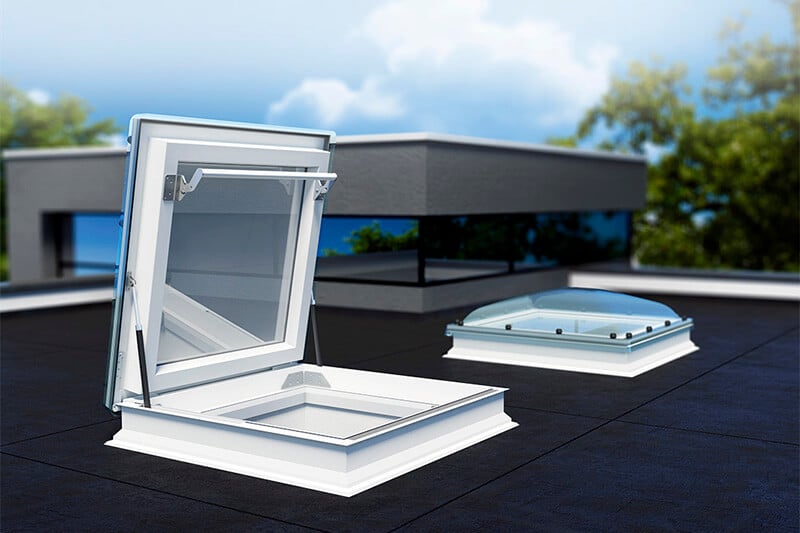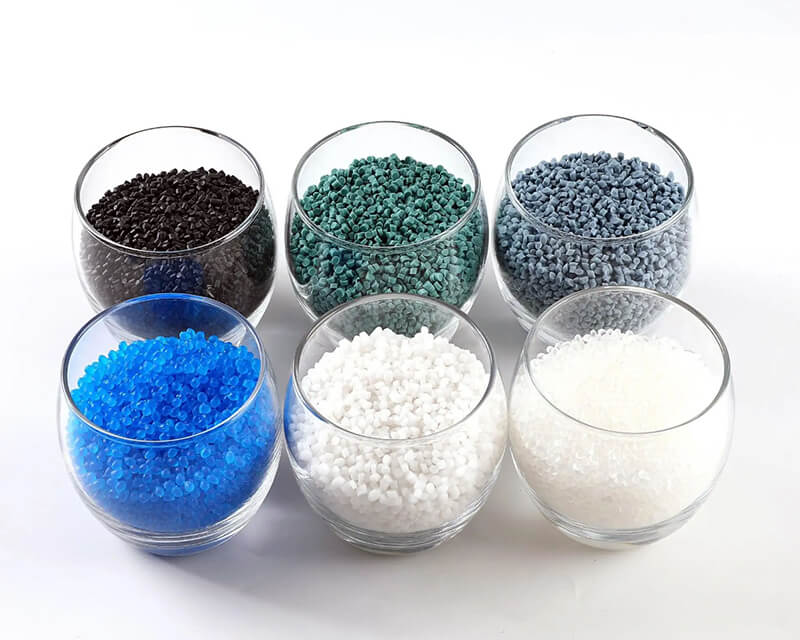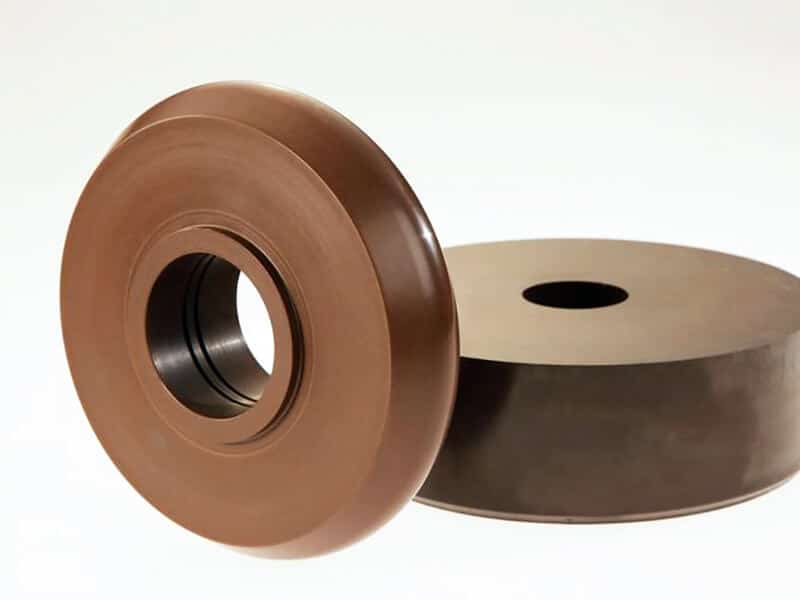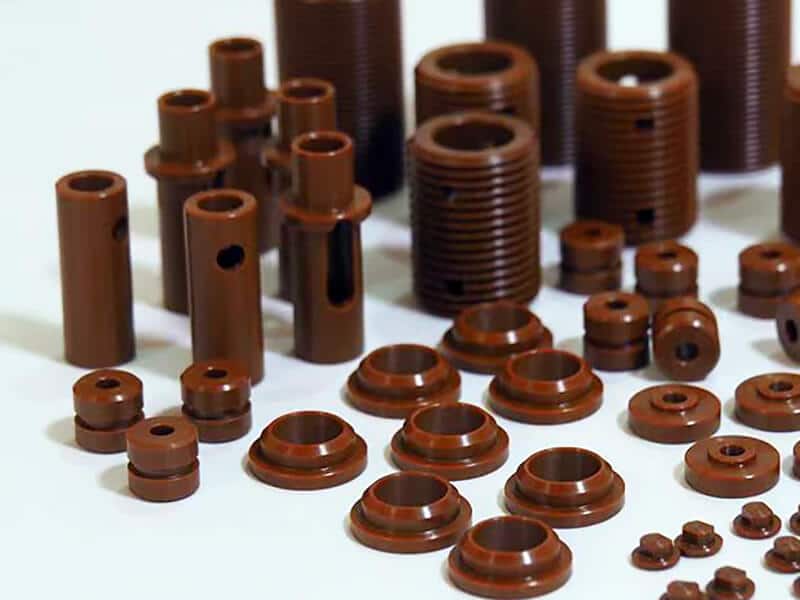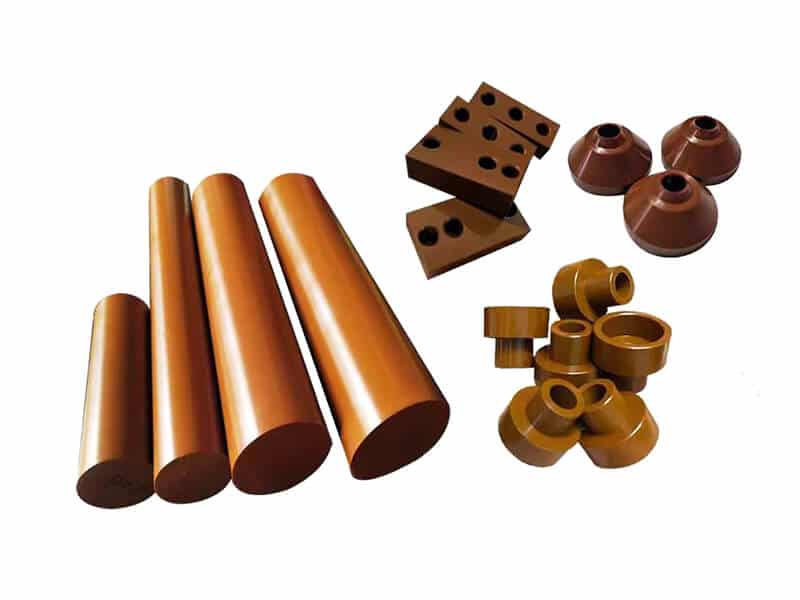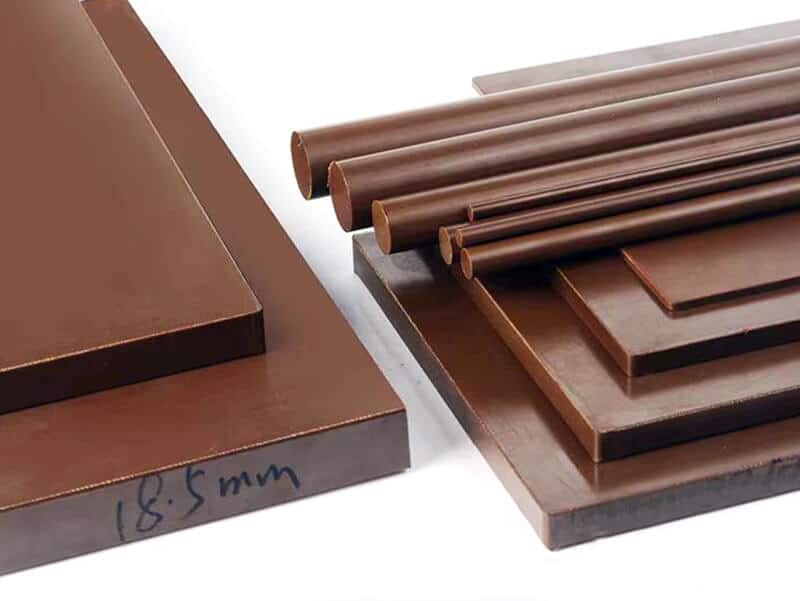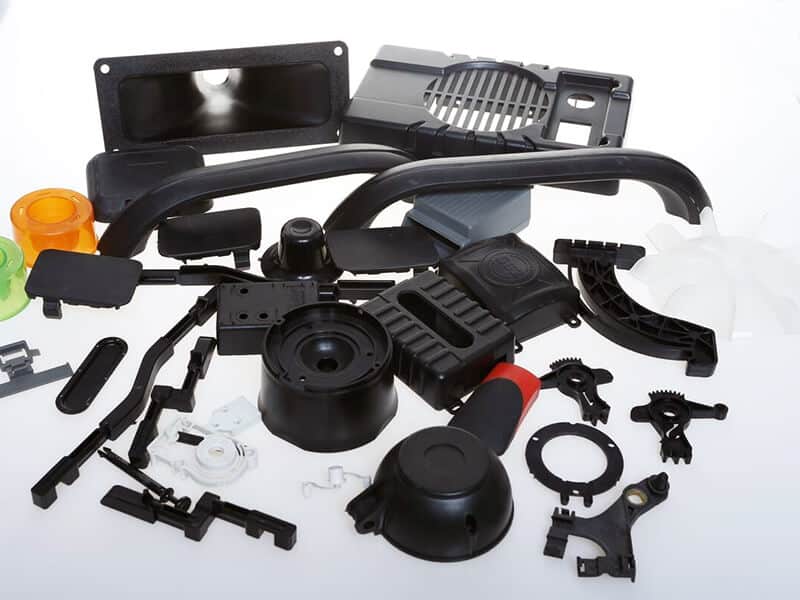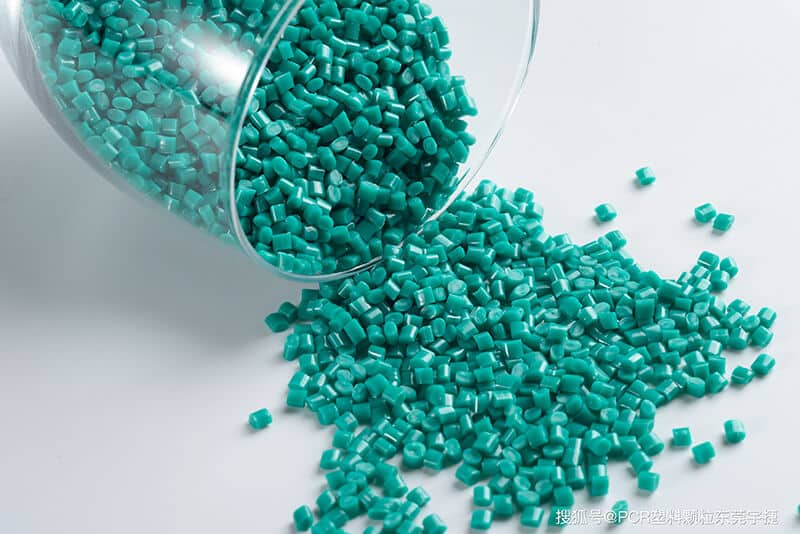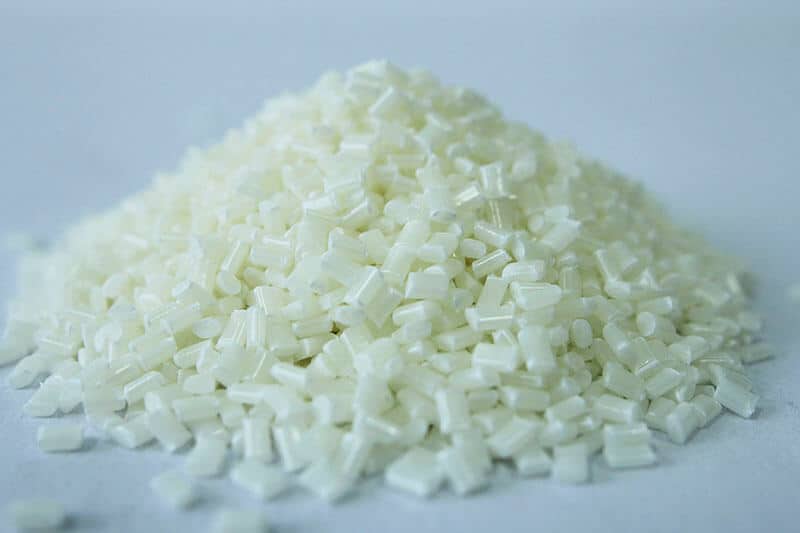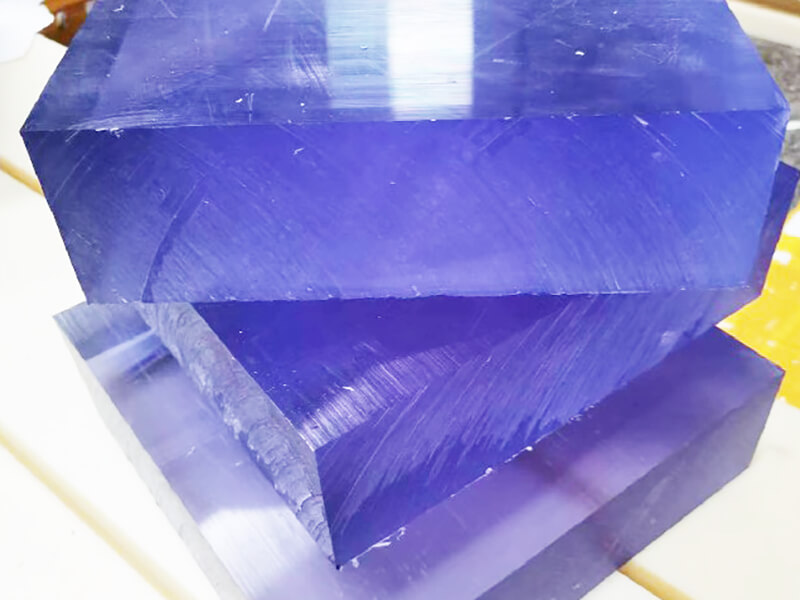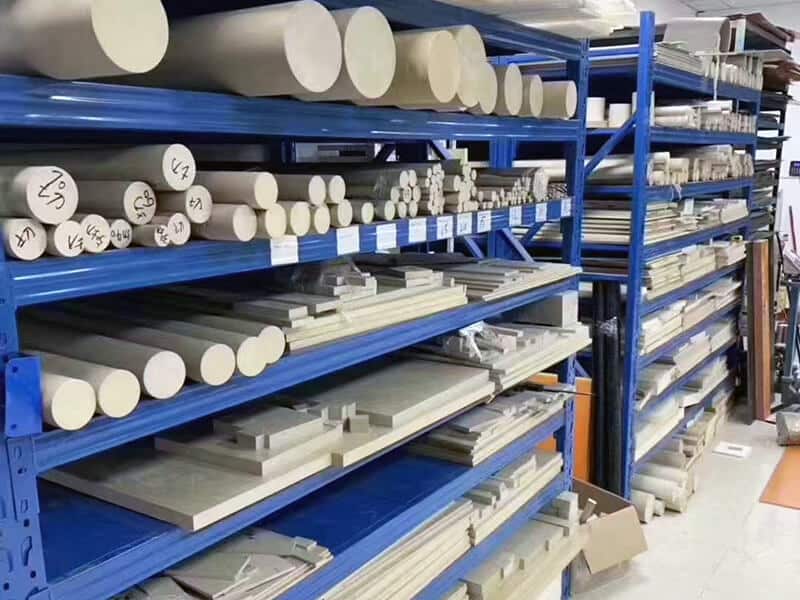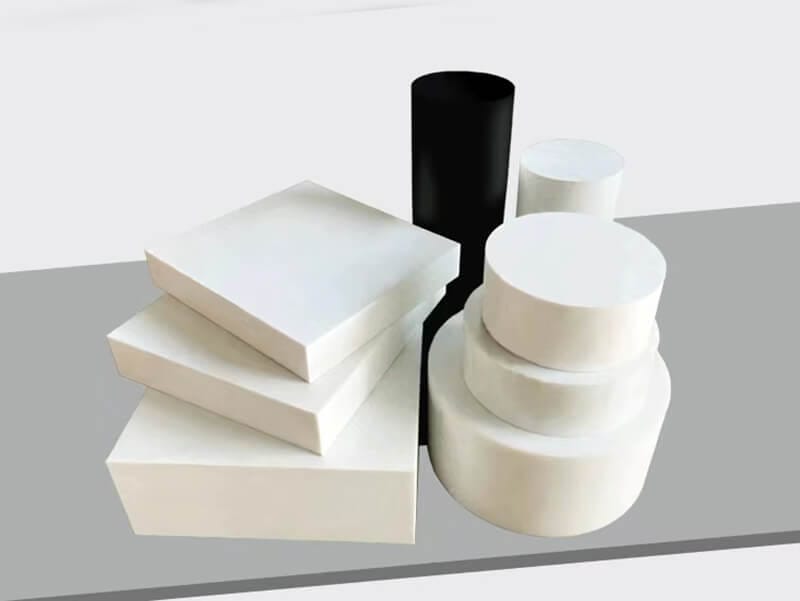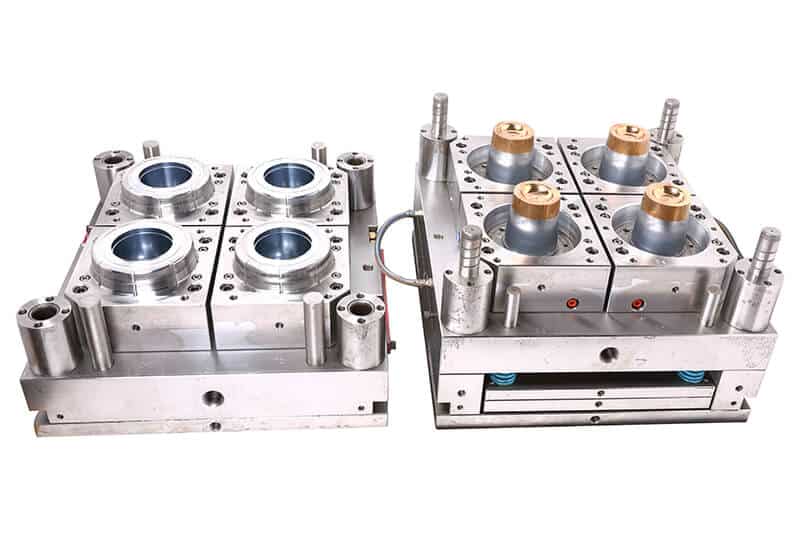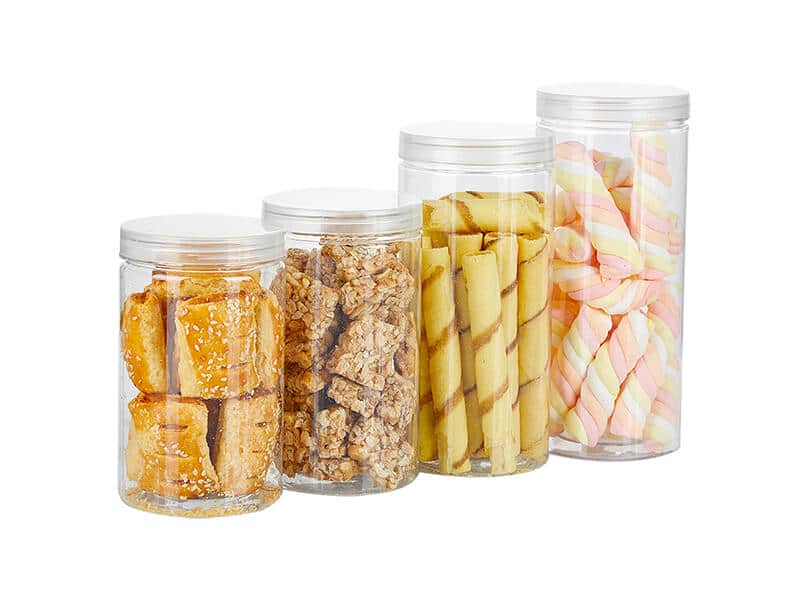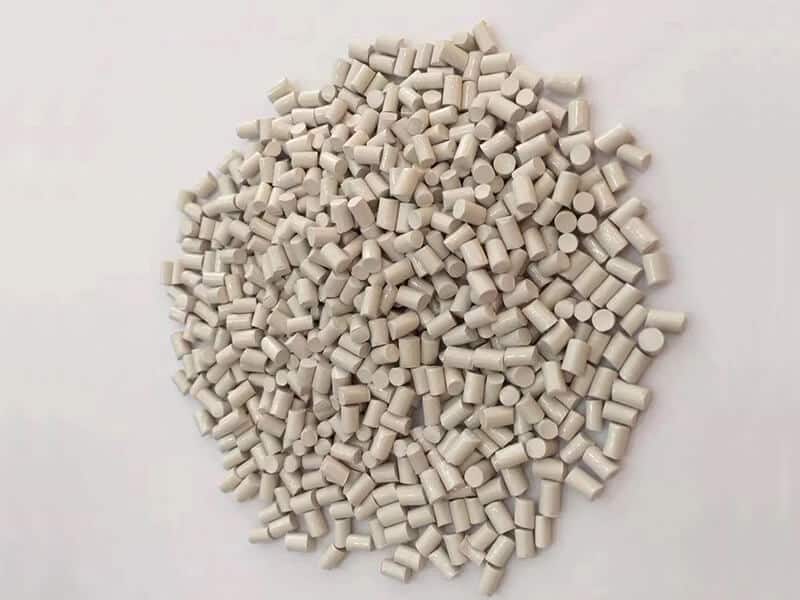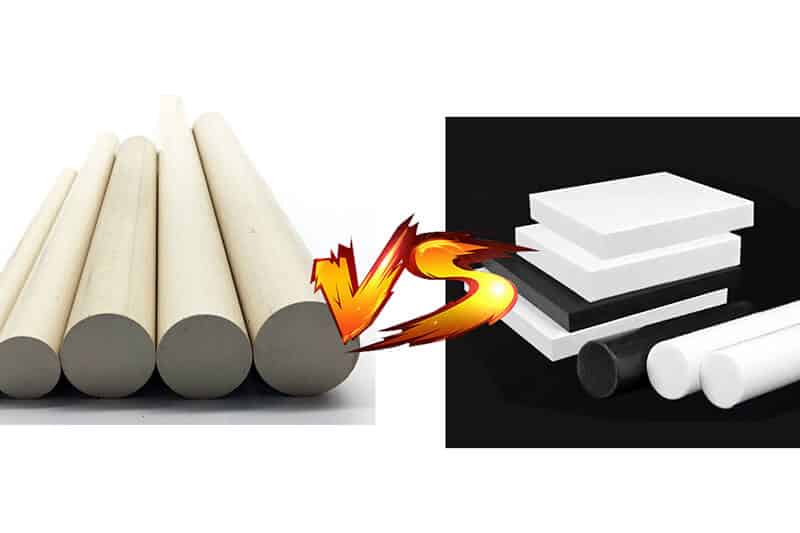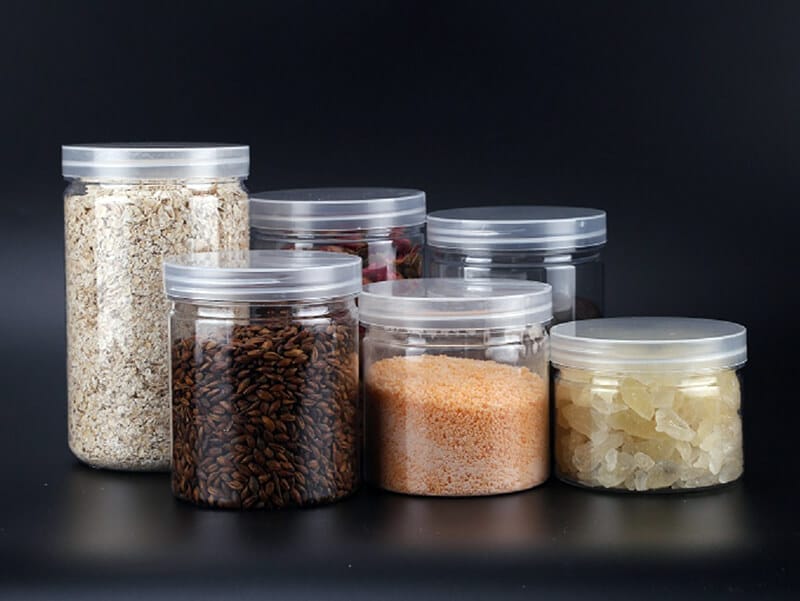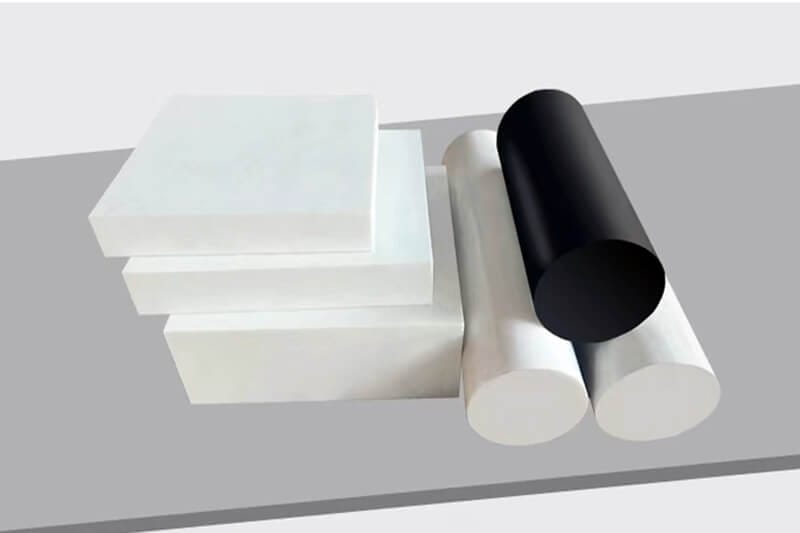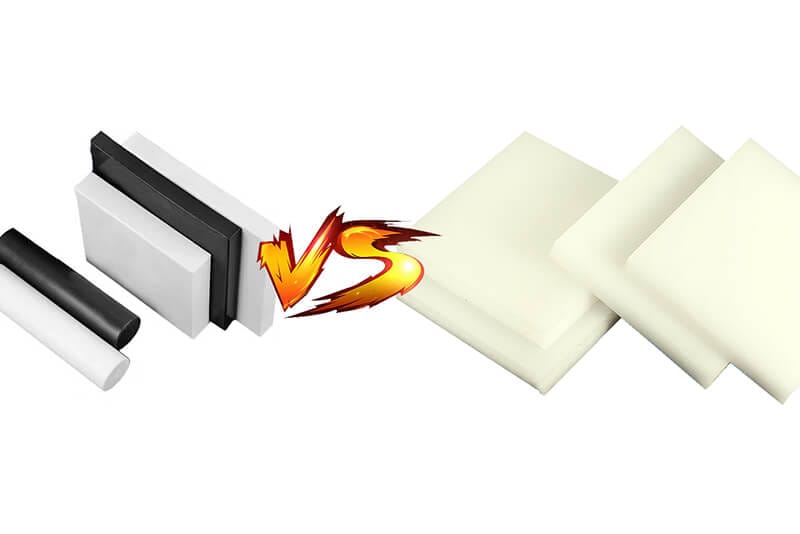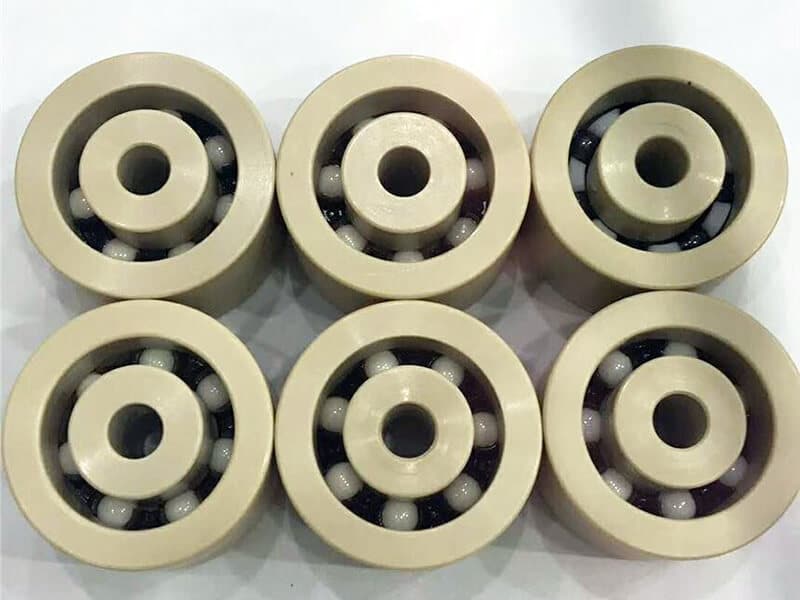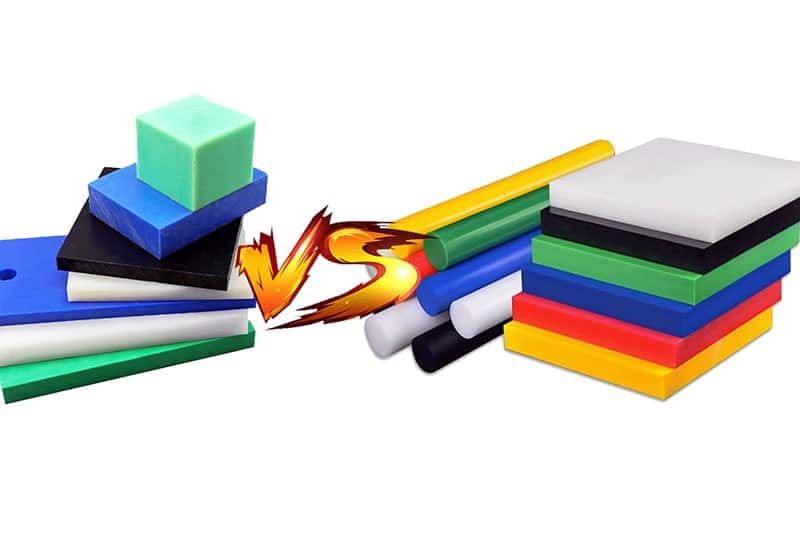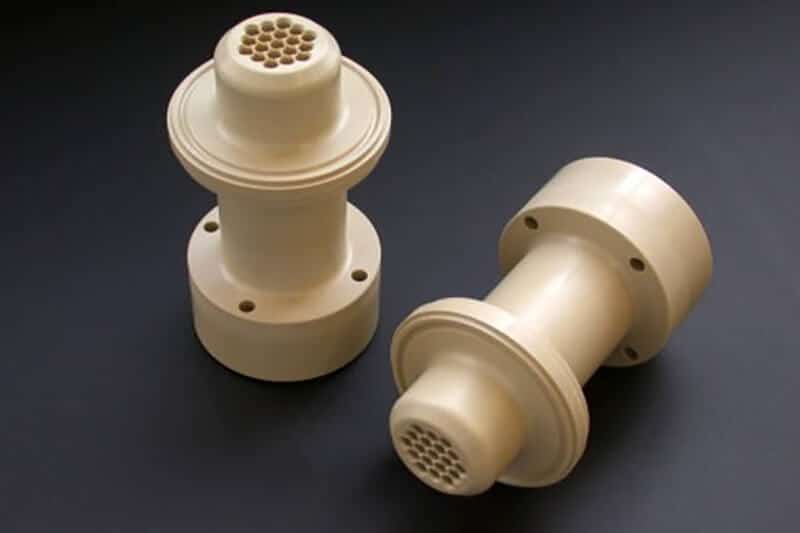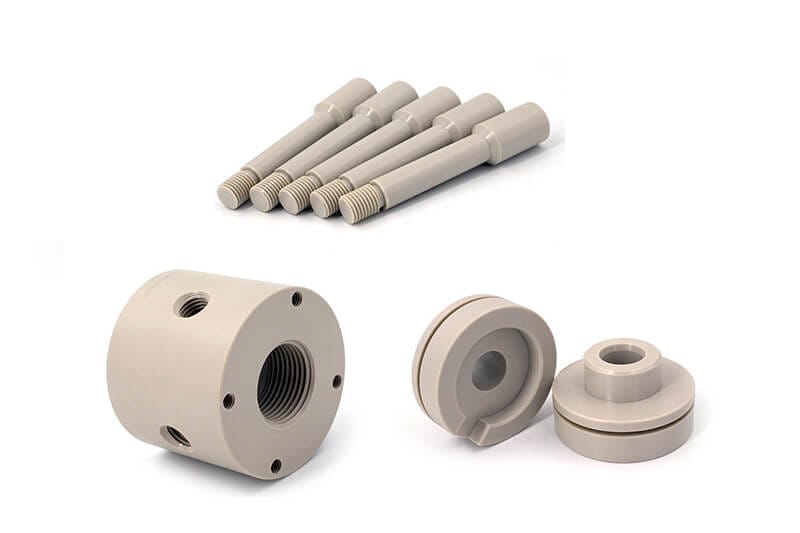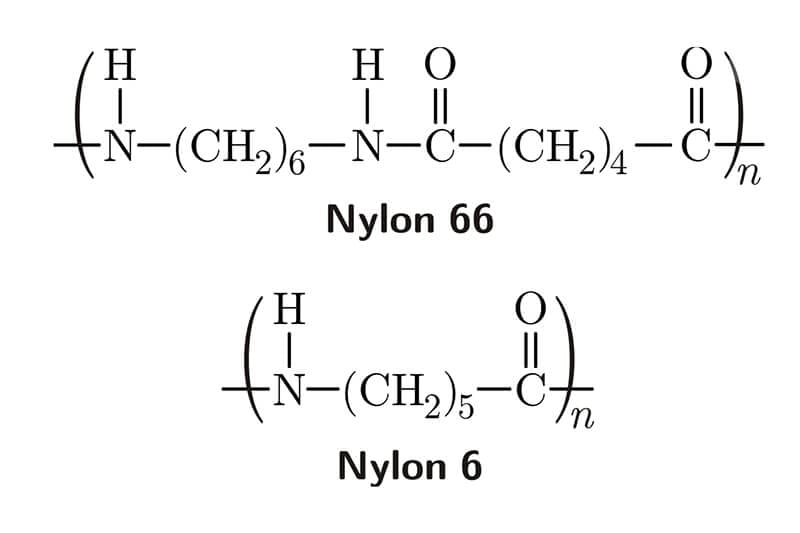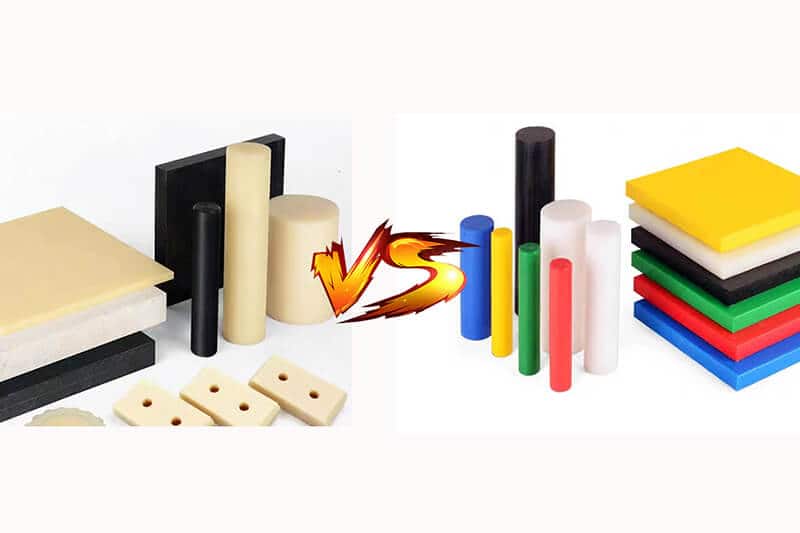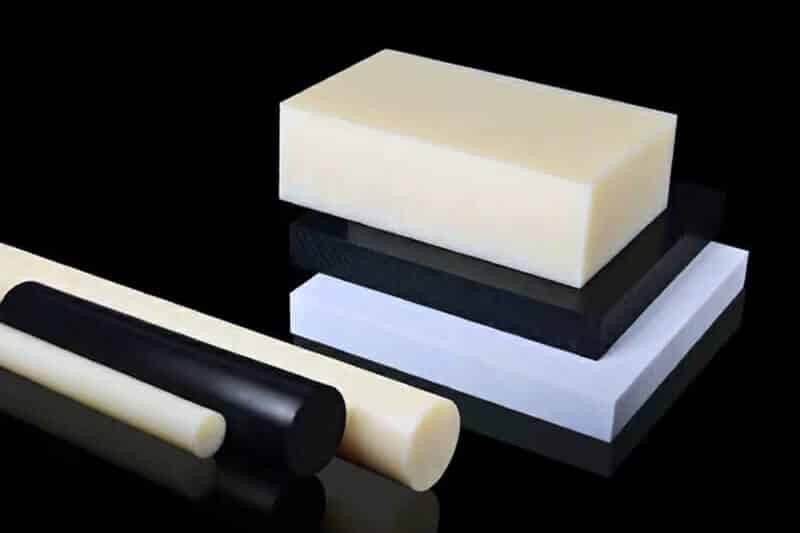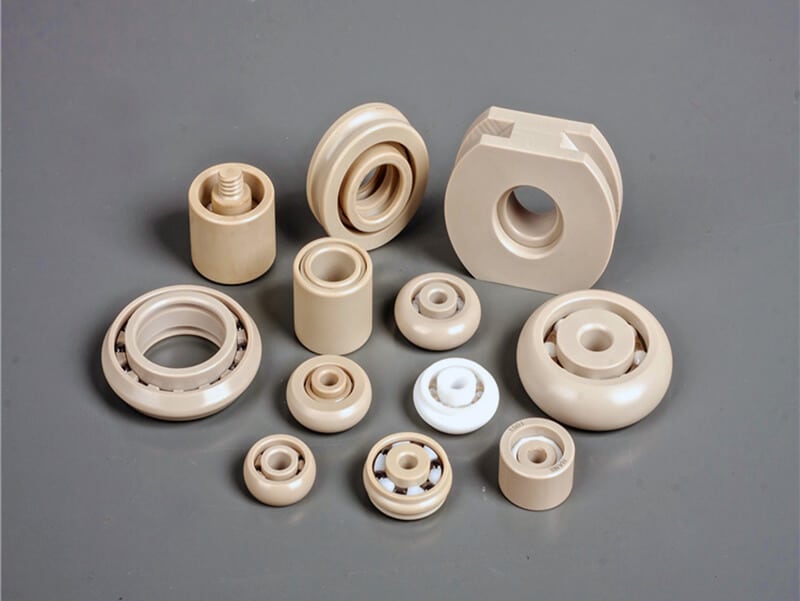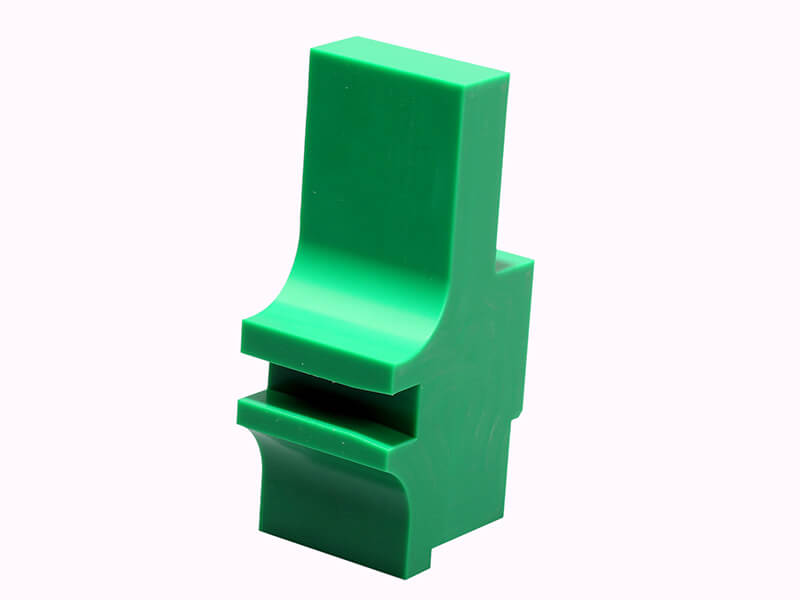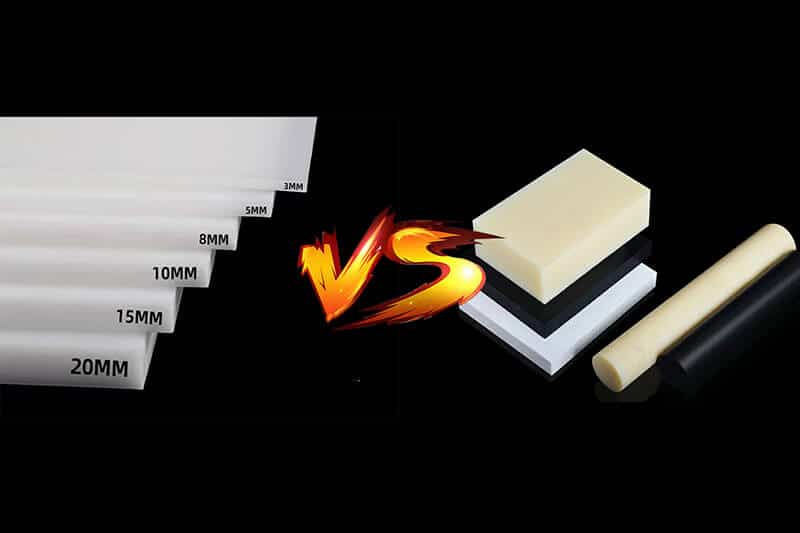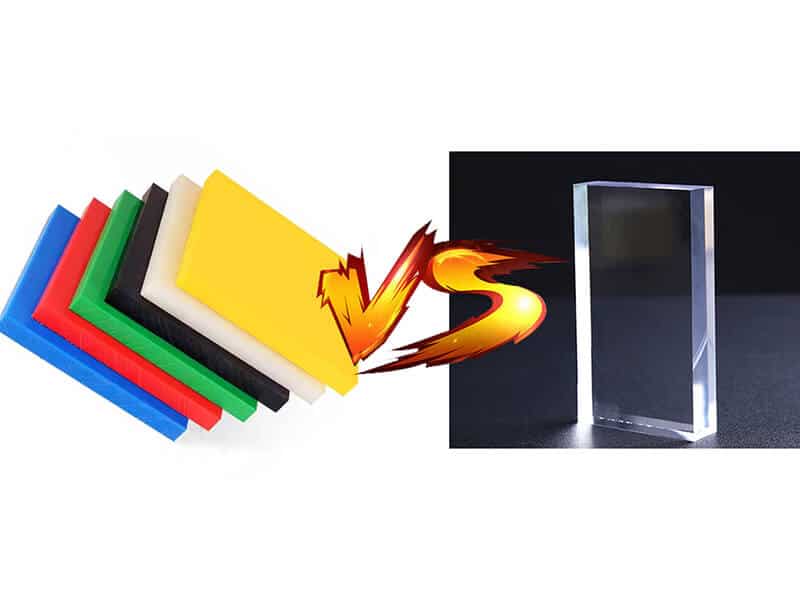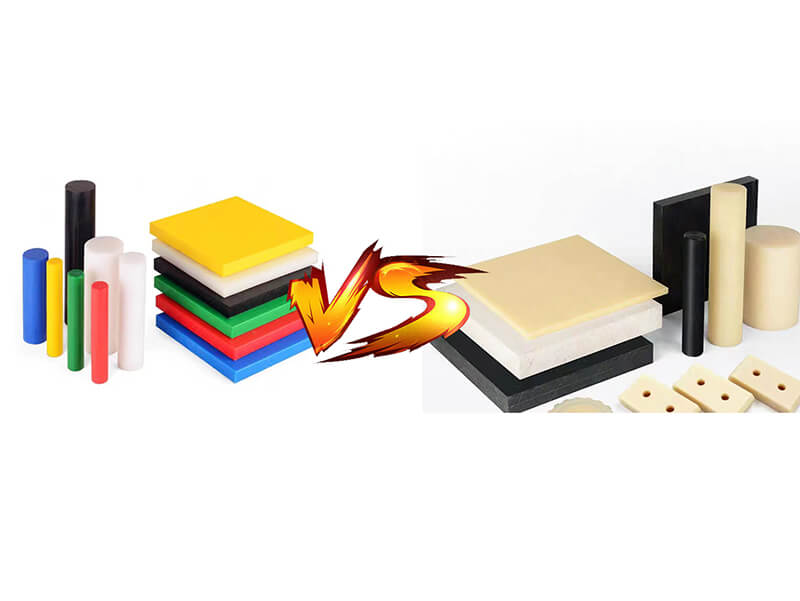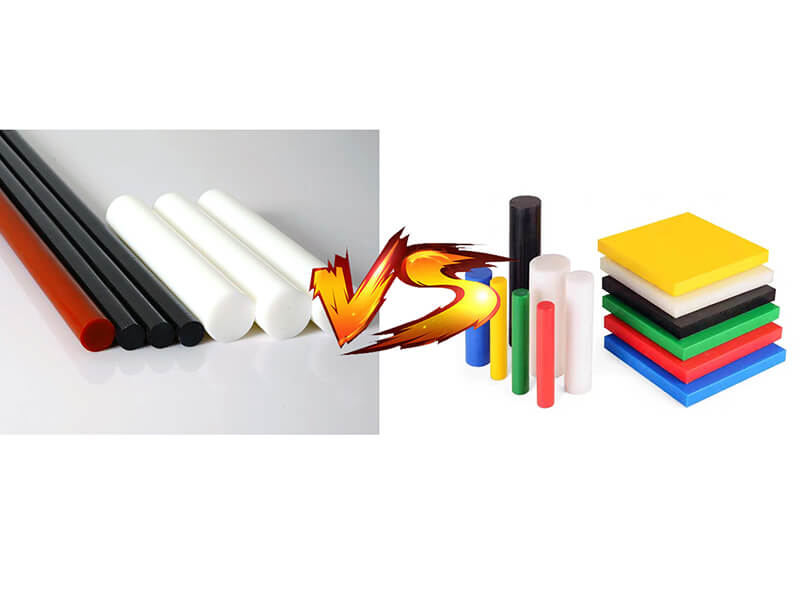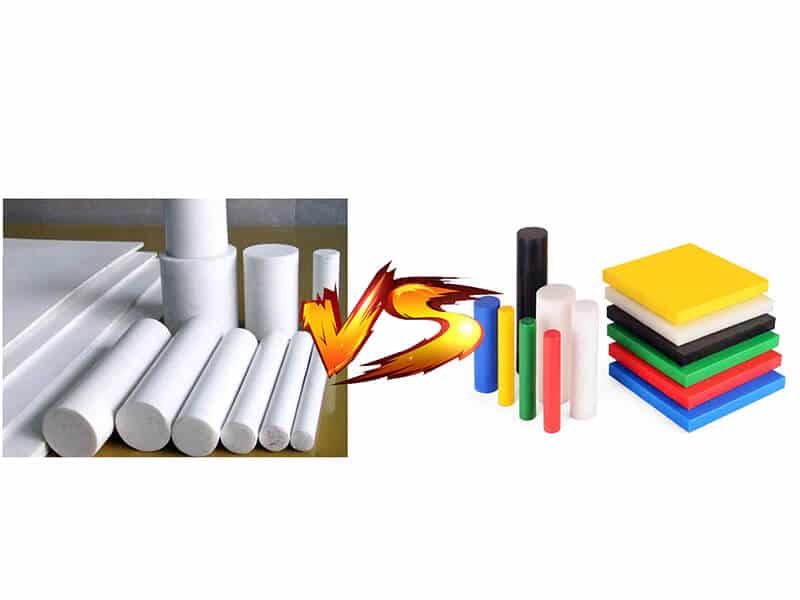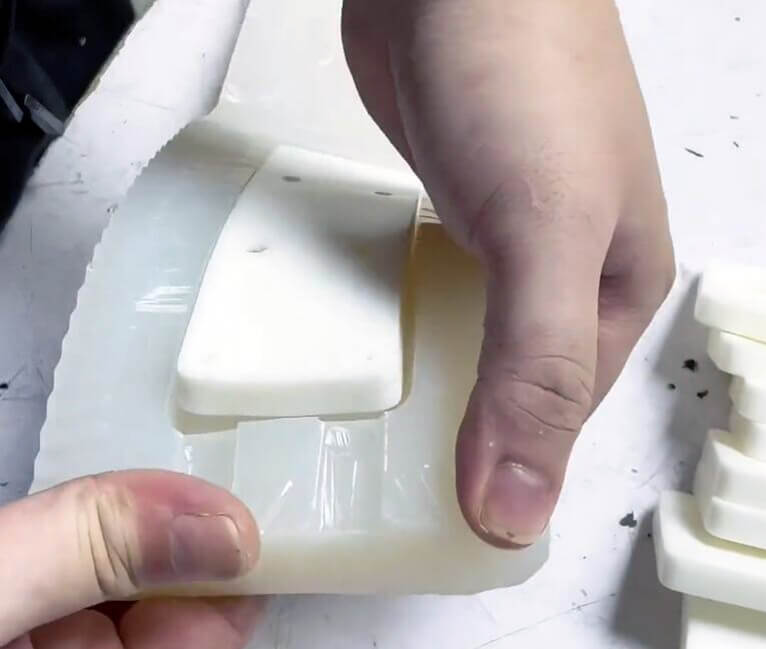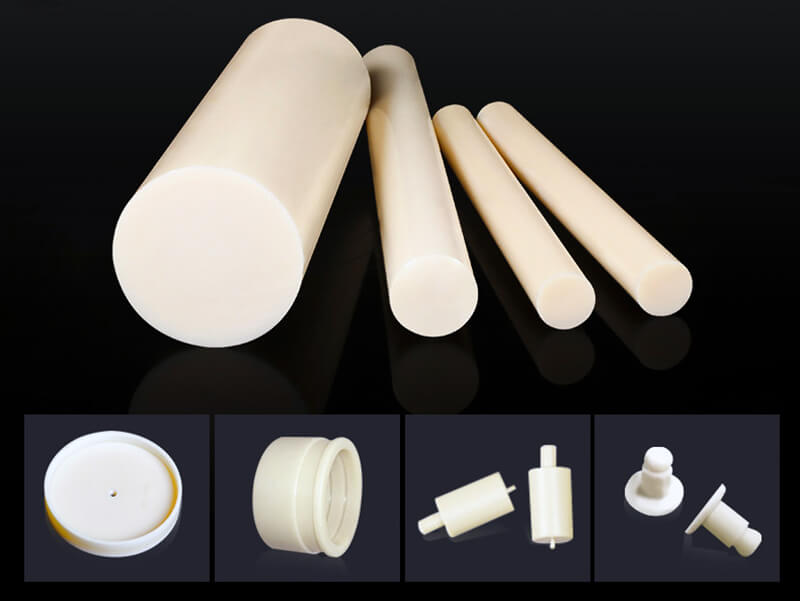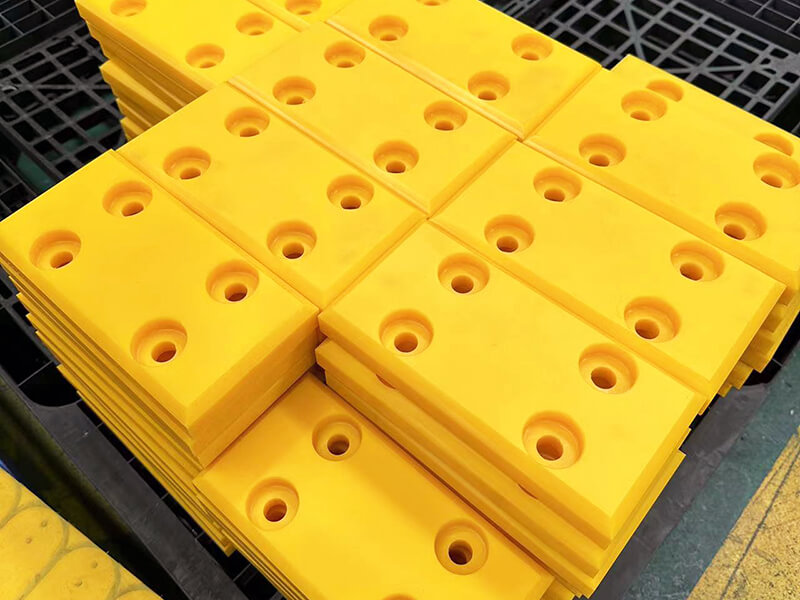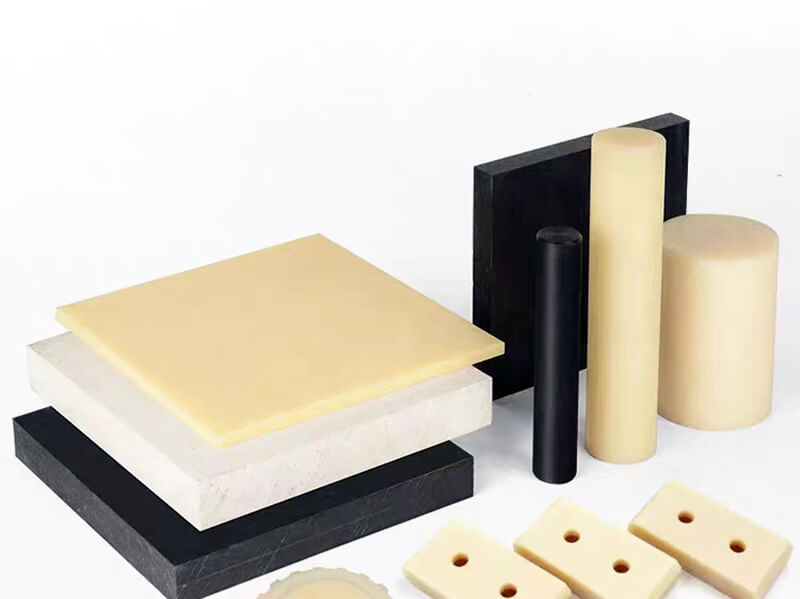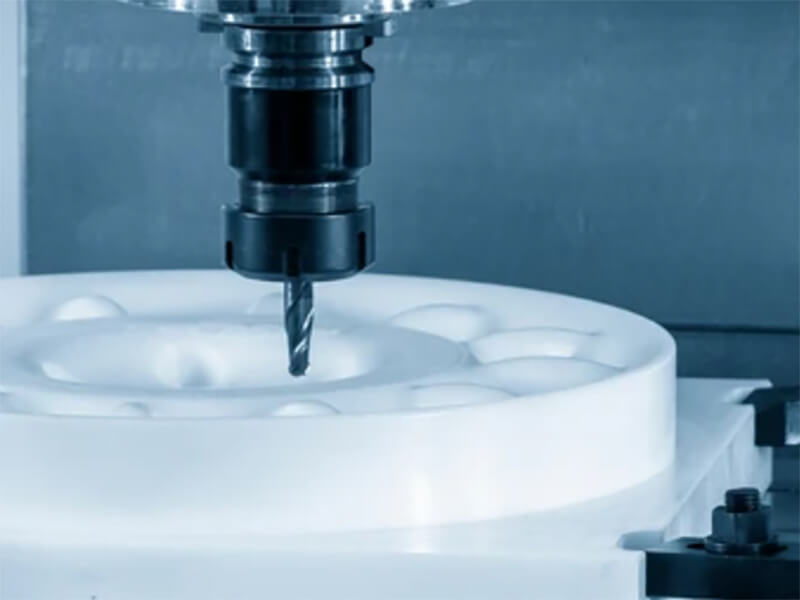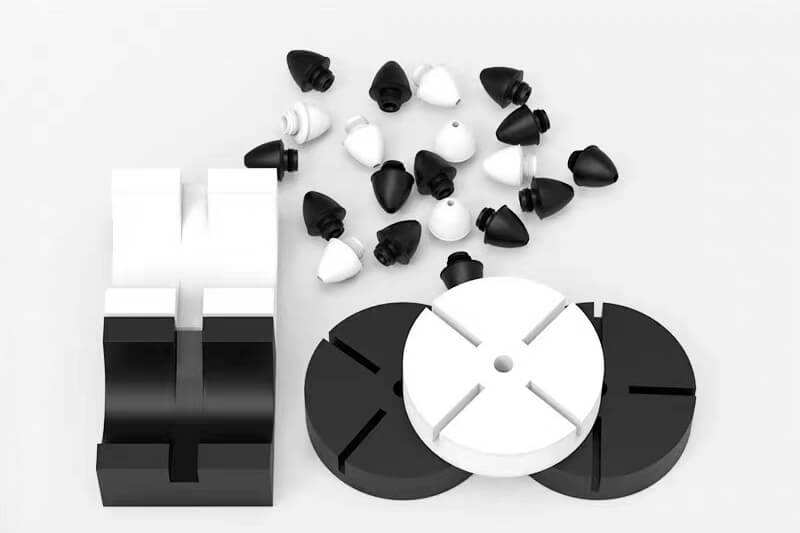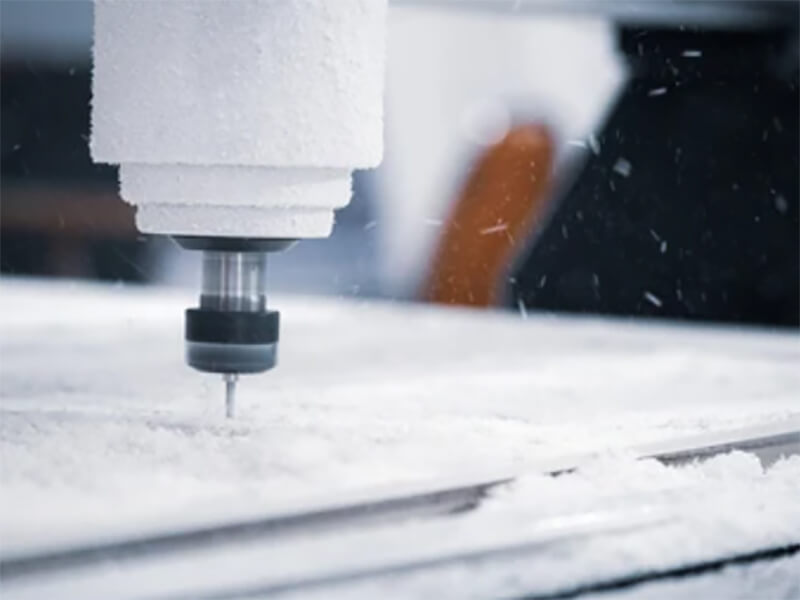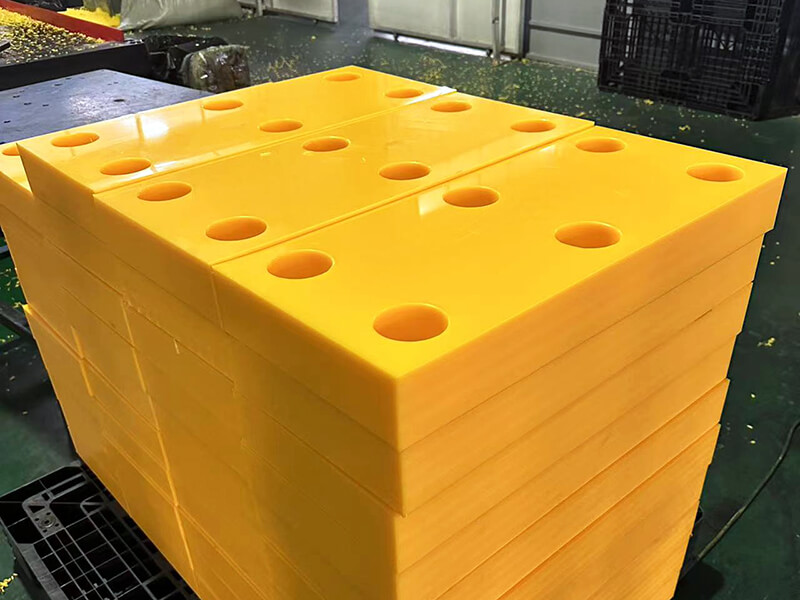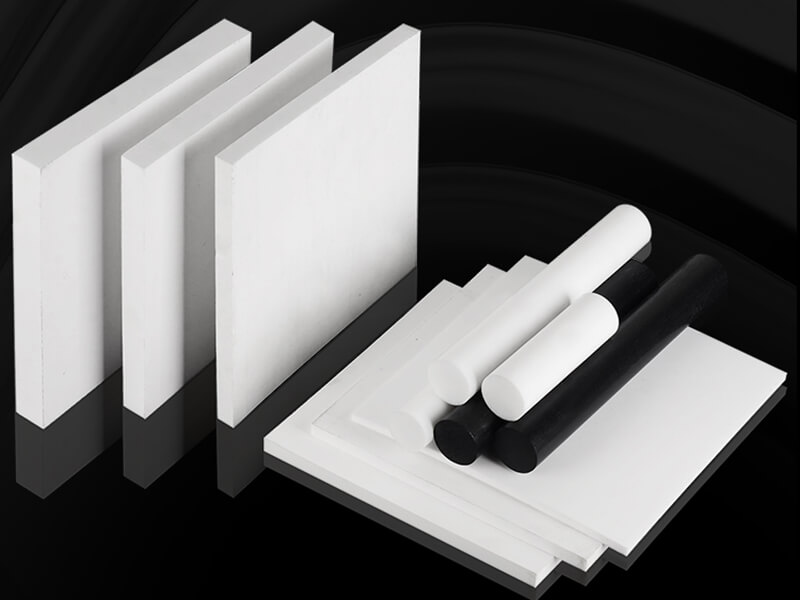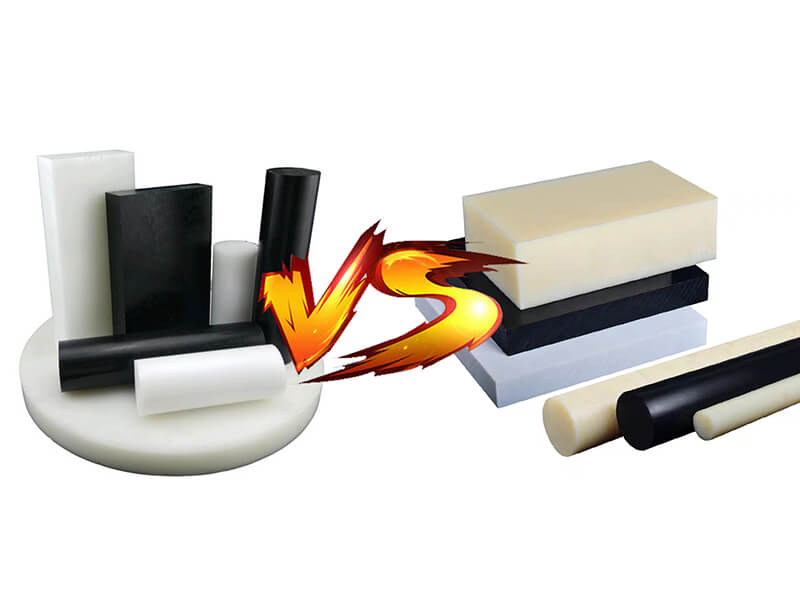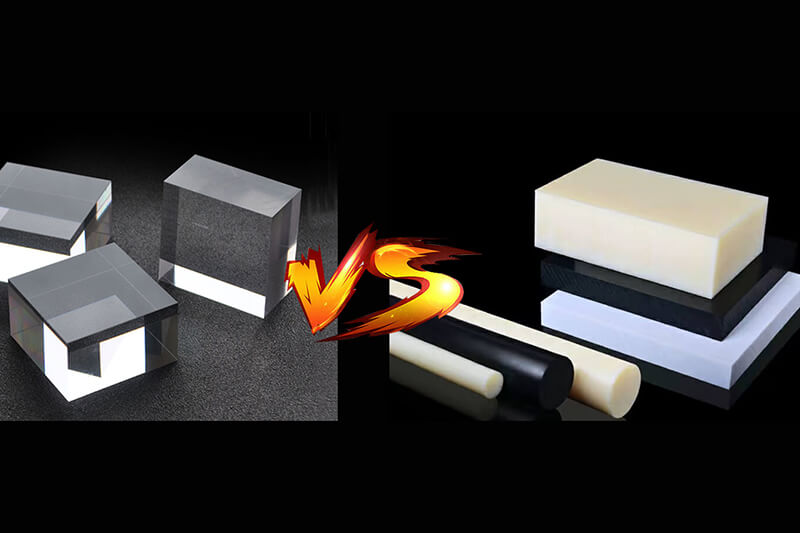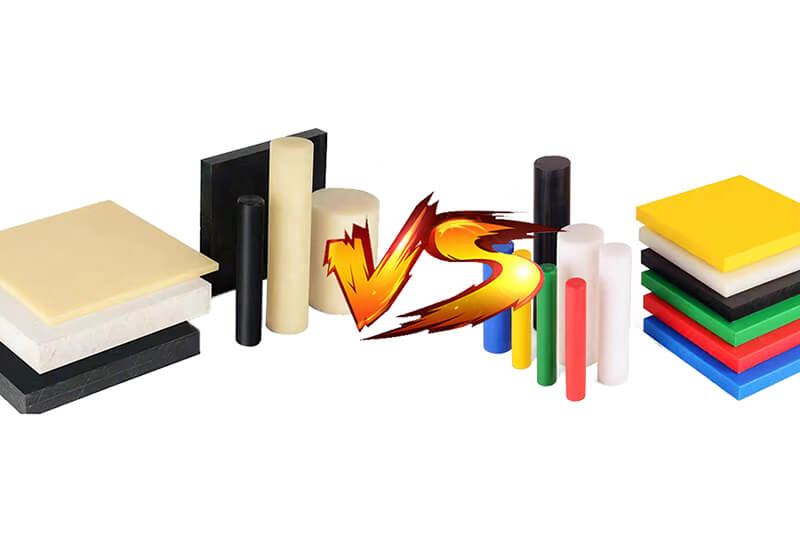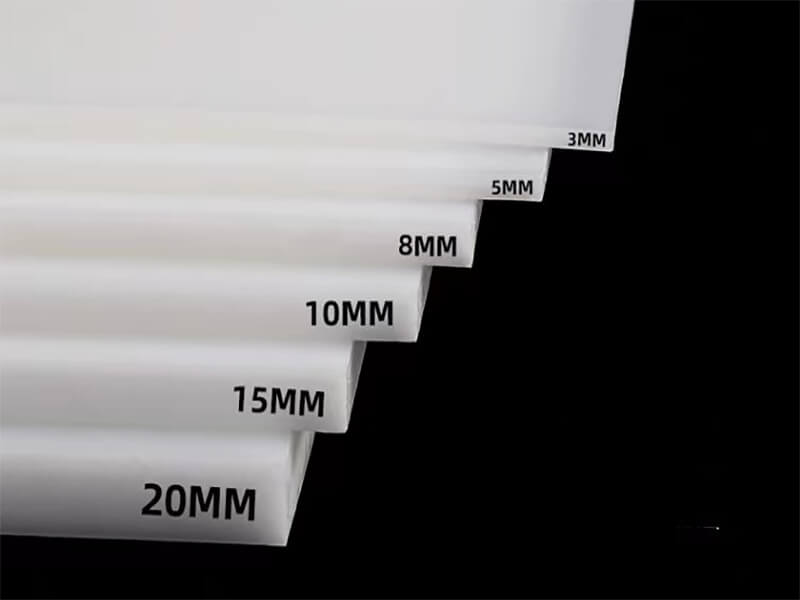Nitrocellulose Vs PVDF: A Comparative Guide
Compare Nitrocellulose and PVDF regarding durability, applications, and key properties to help you choose the right material for your specific needs.
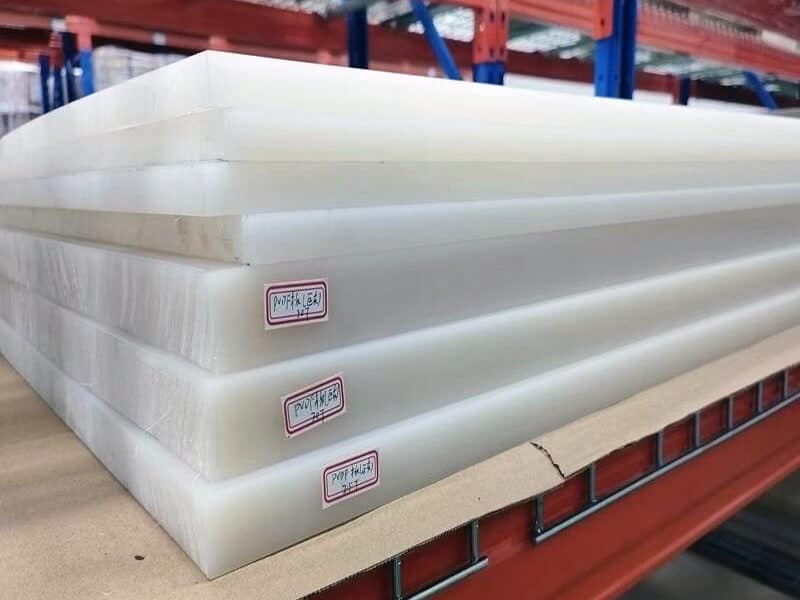
The right choice of the membrane is highly important to obtain proper and consistent results from protein blotting, as well as other biochemical tasks. The most commonly used membranes, Nitrocellulose and PVDF, serve quite a number of purposes. Although both membranes are used principally in binding proteins for detection, they differ in characteristic features and, hence, favor varied experimental needs.
What is Nitrocellulose?
As the Nitrocellulose membrane has a high binding capability, most applications with protein blotting use it. The hydrophilic nitrocellulose membrane possesses a porous structure and is effective for protein binding by hydrophobic interaction. These membranes would be ideal for use in very rapid transfers and assays such as Western blotting.
Nitrocellulose Membranes, Key Properties
| Property | Description |
|---|---|
| Composition | Cellulose treated with nitric acid |
| Protein Binding Capacity | 80-100 µg/cm² |
| Pore Size | 0.2 µm or 0.45 µm |
| Breaking Strength | Moderate |
| Chemical Resistance | Limited |
| Autofluorescence | Low |
| Hydrophilicity | High |
| Cost | Relatively inexpensive |
| Reprobing Capability | 1-2 times |
| Ease of Use | Very easy, no activation required |
What is PVDF?
PVDF is a synthetic polymer membrane used for various applications. It is known for high protein binding and durability. PVDF membranes are hydrophobic and have to be pre-treated before use; they perform well when multiple cycles of reprobing are required. They are compatible with several detection methods and are resistant against most chemicals.
PVDF Membranes, Key Properties
| Property | Description |
|---|---|
| Composition | Synthetic polymer (-(C2H2F2)n-) |
| Protein Binding Capacity | 170-200 µg/cm² |
| Pore Size | 0.2 µm or 0.45 µm |
| Breaking Strength | High |
| Chemical Resistance | Excellent |
| Autofluorescence | Higher than nitrocellulose |
| Hydrophobicity | High (requires activation) |
| Cost | Generally more expensive than nitrocellulose |
| Reprobing Capability | 5-10 times |
| Ease of Use | Requires activation before use |
Key Differences between Nitrocellulose vs. PVDF
Protein-Binding Capacity
Nitrocellulose
The protein binding capacity is 80 to 100 µg/cm². The binding of proteins is a result of a combination of hydrogen bonding and hydrophobic interactions. In the cellulose backbone there are nitro groups which give hydrophobic interactions and hydroxyl groups that give hydrogen bonding.
PVDF
The PVDF membranes usually have a higher binding capacity, in the range of 170-200 µg/cm². Most of this binding occurs through hydrophobic interactions that are a result of the structure of the fluoropolymer. This relatively higher capacity makes PVDF very useful for the detection of low-abundance proteins or in cases where sample quantities are limited.
Durability
Nitrocellulose
Nitrocellulose membranes are moderately durable, being more fragile and tending to be brittle with time-particularly upon heating up or drying. This brittleness can easily result in cracking or tearing during handling, especially in the processes of stripping and reprobing. However, nitrocellulose membranes are strong enough for single-use applications and resistant to gentle handling in standard blotting procedures.
PVDF
PVDF membranes are tough and withstand various conditions, such as great resistance against physical stress, tears, and cracks, even after several manipulations. Such toughness allows them to perform several cycles of stripping and reprobing without significant loss of bound proteins or degradation of the membrane.
Solvent Compatibility
Nitrocellulose
Nitrocellulose membranes are not highly compatible with organic solvents. Their applicability in some experimental sets is limited to applications that do not require aggressive solvents because nitrocellulose is primarily used in gentler conditions.
PVDF
The PVDF membranes are highly compatible with a wide range of aqueous and organic solvents, resisting alcohols, ketones, and most other organic solvents involved in many laboratory procedures. This wider chemical resistance allows for more experimental conditions, such as organic solvent-based stains or alternative blocking agents.
Detection Techniques
Nitrocellulose
Nitrocellulose membranes perform best for colorimetric and chemiluminescent detection. The white background substantially enhances the contrast during visual and imaging-based detection. The level of autofluorescence with nitrocellulose is very low, and it is ideal for fluorescence-based detection because of the very low background that occurs.
PVDF
PVDF membranes are compatible with all common detection methods, including colorimetric and chemiluminescent techniques using fluorescent methods. Due to their stability and resistance to many chemicals used in fluorescent labeling, they work very well in fluorescence-based detection.
Choosing the Right Membrane for Your Application
Reprobing Considerations
Nitrocellulose
If your experiment involves only one round of protein detection, then nitrocellulose can be a good option. However, its reprobing capabilities are limited because repeated stripping can cause damage to the membrane and reduce its binding efficiency.
PVDF
PVDF membranes are more robust and can withstand multiple rounds of stripping and reprobing with minimal degradation. Due to its strength and stability following numerous probing cycles, PVDF is the better choice for multiple analyses on one membrane.
Environmental Conditions
Nitrocellulose
Nitrocellulose is less stable in extreme temperatures or high-stress environments. For instance, exposure to extreme pH, heat, or chemical treatments degrades its strength. Nitrocellulose works best in controlled, moderate conditions where little stress is imposed on the membrane.
PVDF
Being very resistant to harsh conditions of the environment, PVDF membranes are more suitable for extreme demands. Whether it’s high temperatures, organic solvents, or even long incubation times, the PVDF membrane keeps their functionality and integrity.
Budget Constraints
Nitrocellulose
Cost is another driving force in the selection of membranes. Normally, nitrocellulose membranes are less expensive, and thus these membranes are good options for routine or single-use applications where the laboratory has to process numerous samples at a time with budgetary constraints.
PVDF
While PVDF membranes are more expensive, the durability, higher protein-binding capacity, and wider range of compatible detection techniques make them worth the investment in more complex or repeated-use experiments. When budget allows and the experiment calls for it, in the long run, often PVDF is a better choice.
Wrapping Up
The right membrane choice depends on what your experiment requires. Nitrocellulose stands out for applications that are less demanding and when you want to conserve costs. On the other hand, PVDF offers strength and flexibility in more challenging applications. Factors such as sensitivity, binding capacity, and experimental environment go a long way in guiding a choice. It would help if you emphasized what best fits your detection methodology, reprobing requirements, and conditions for chemical compatibility to arrive at an optimum result.
UVTECO is a trustworthy supplier of PVDF in China. If you need PVDF parts for your project, contact us now!
Related Blogs

Looking for a trustworthy Supplier
Need a Trustworthy Supplier of Plastic, Foam, Sponge, Rubber, Metal, and Machining Solution. Click the Button, We Will Be In Touch With You As Quickly As Possible.
